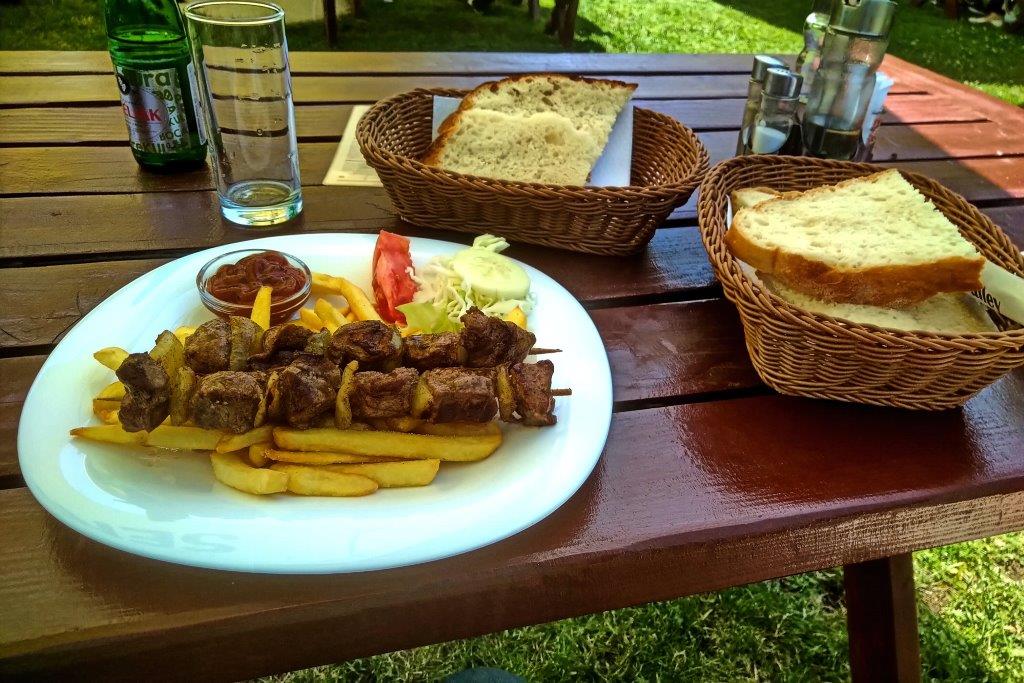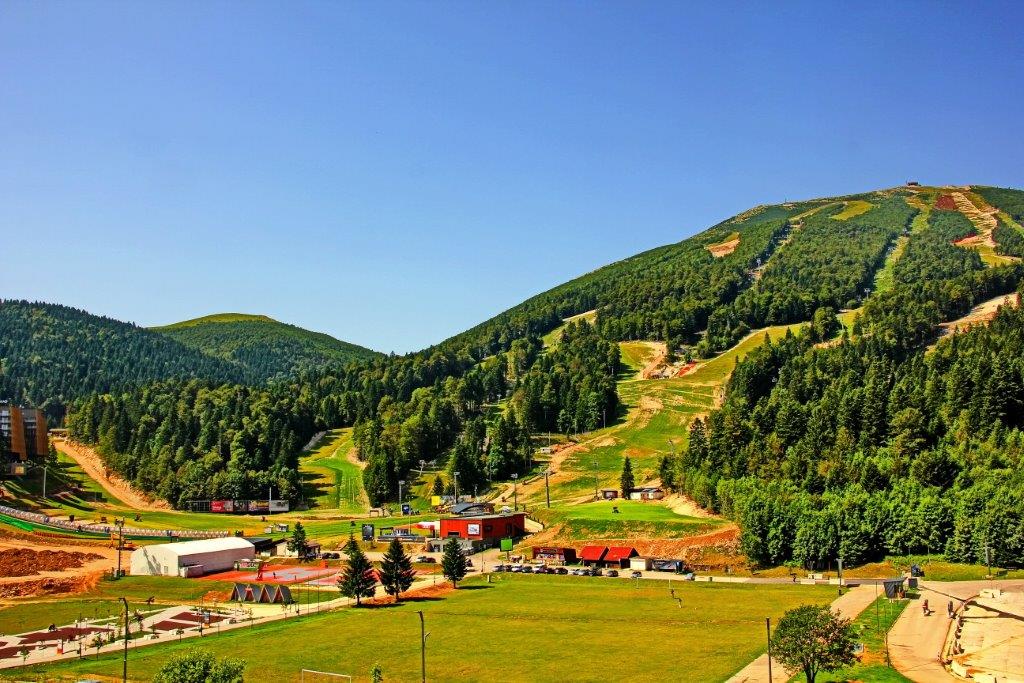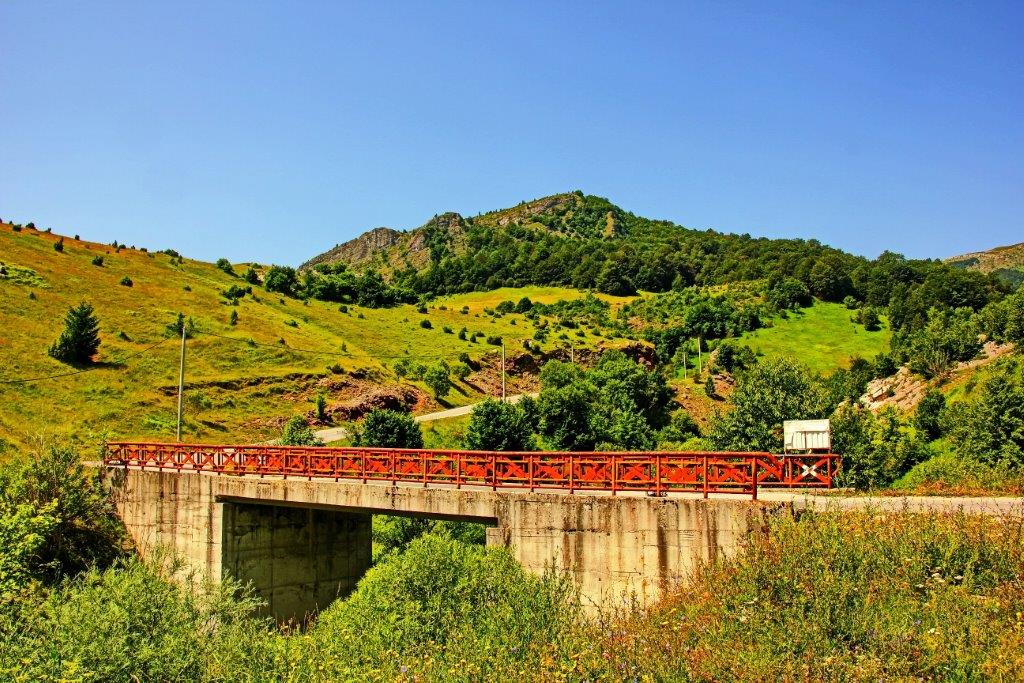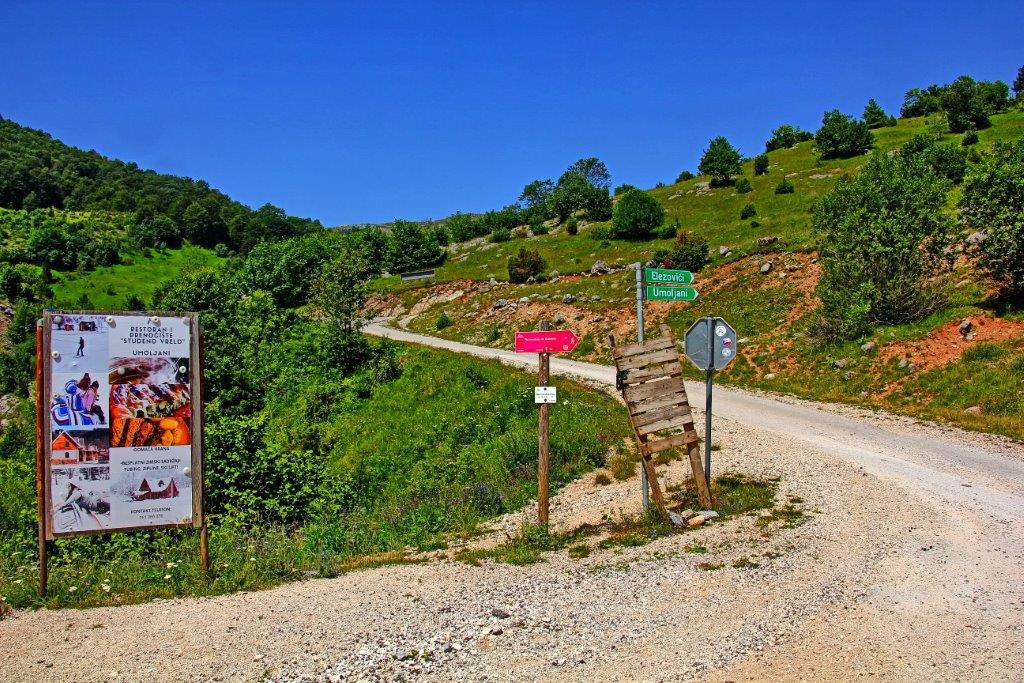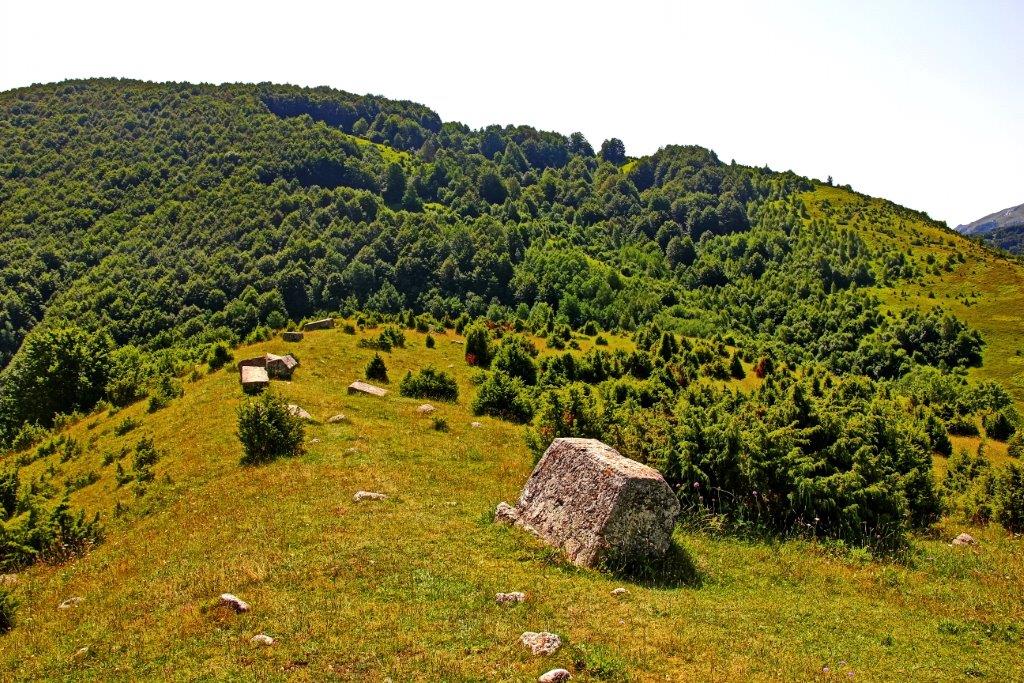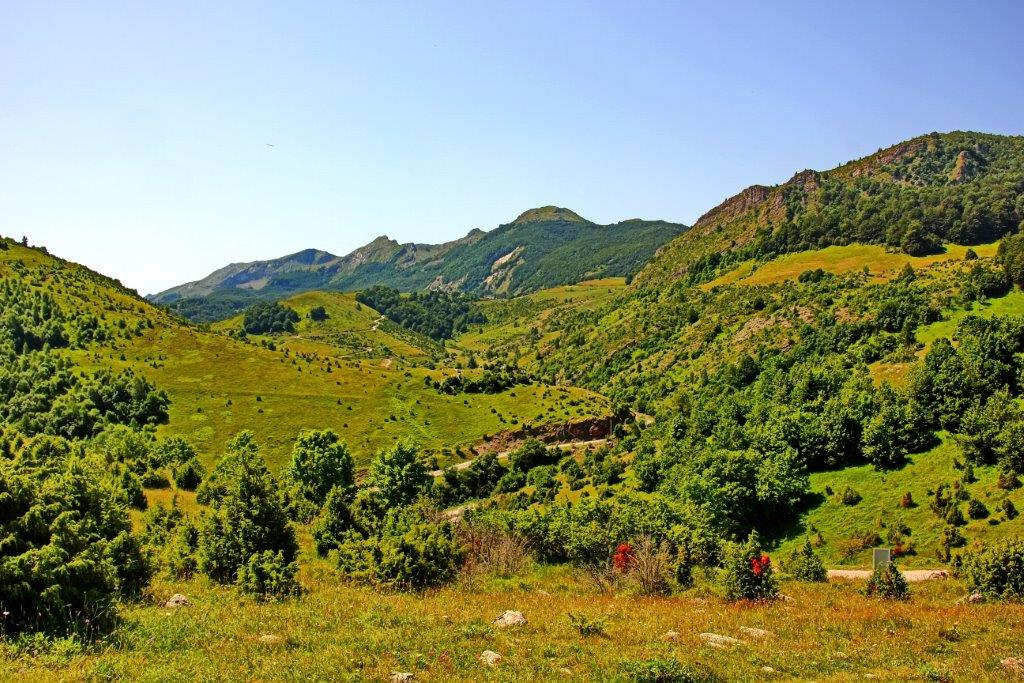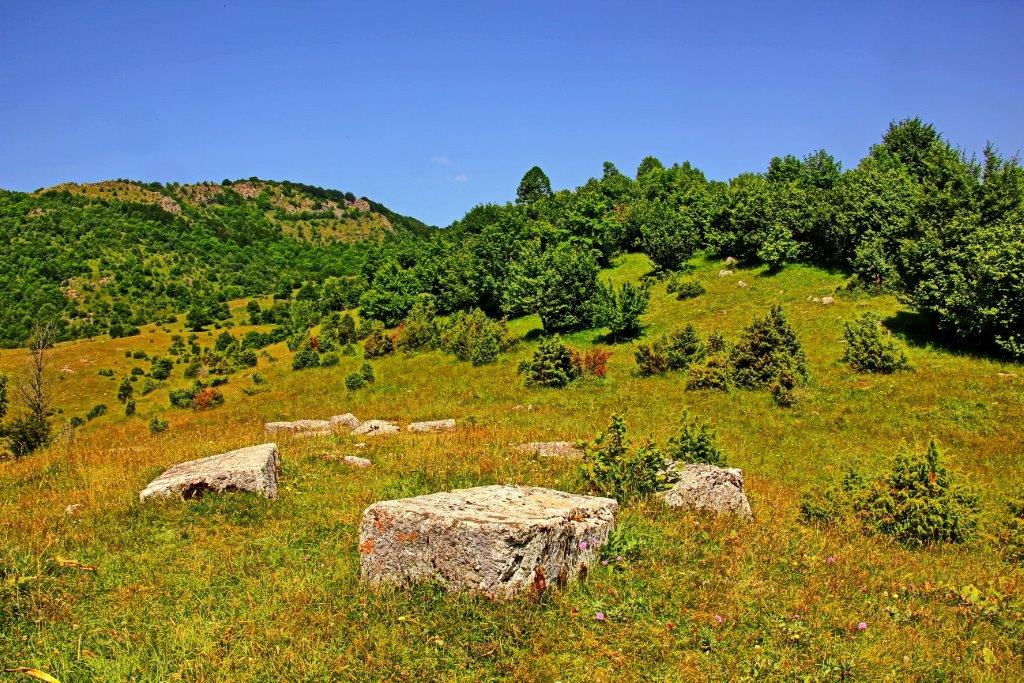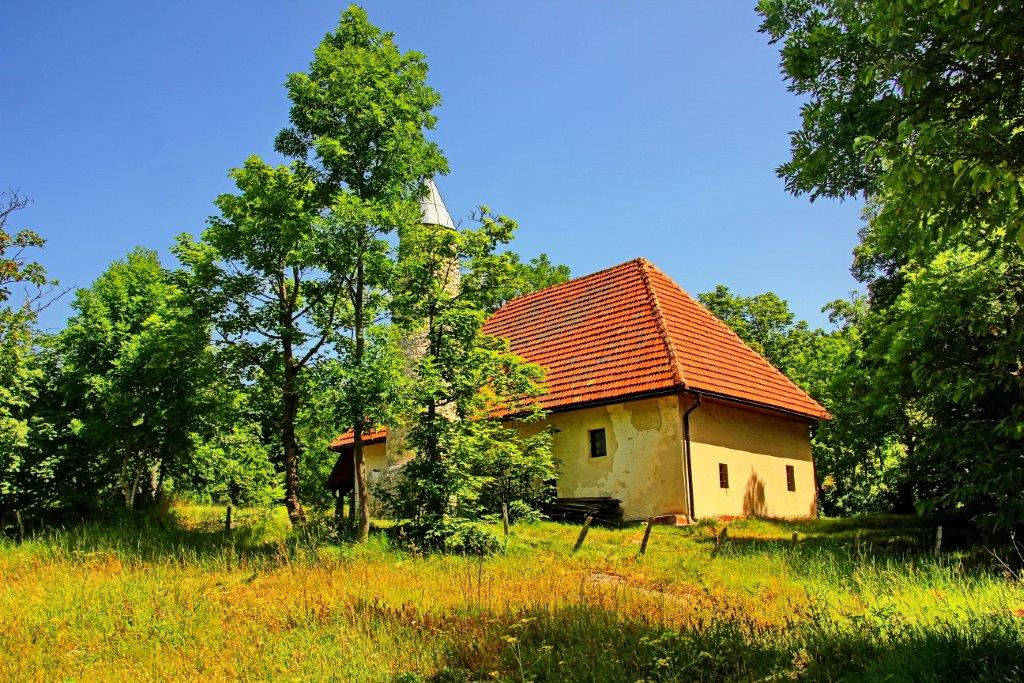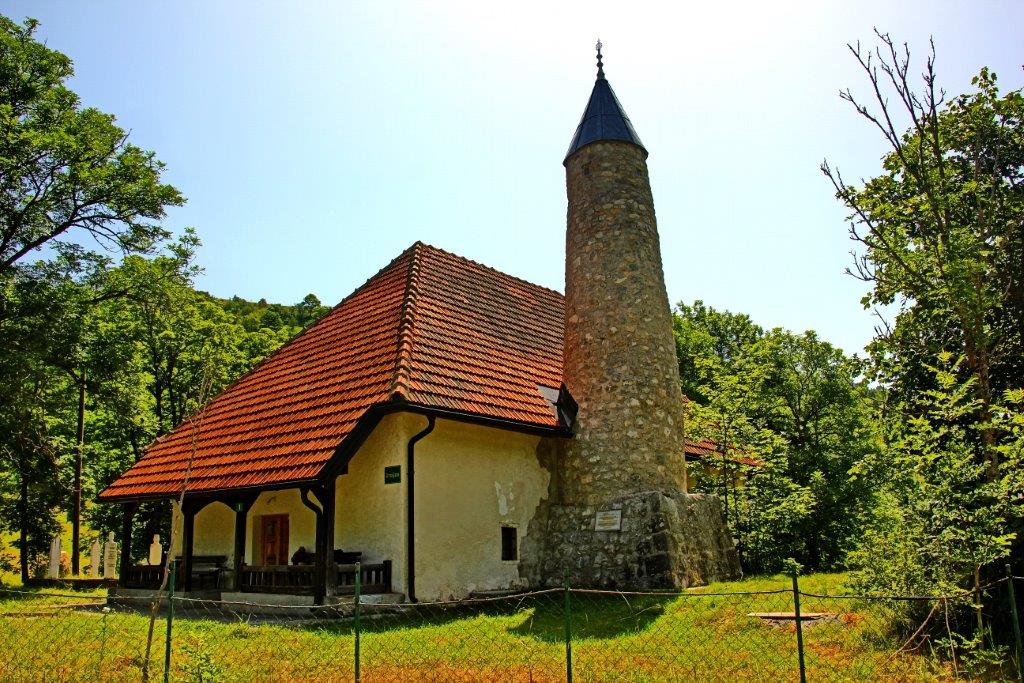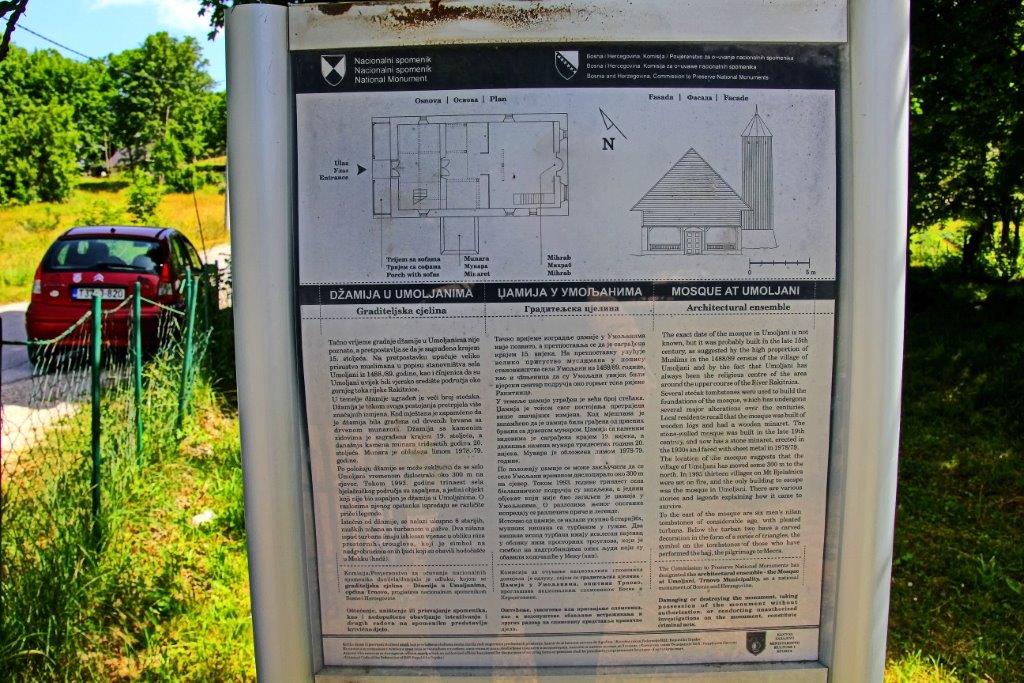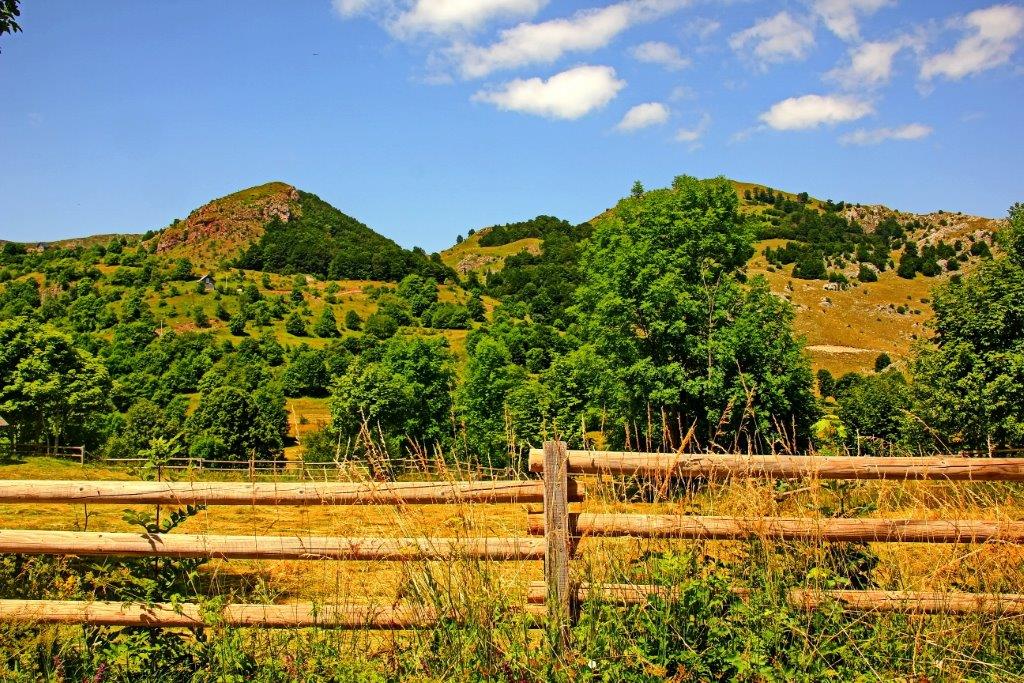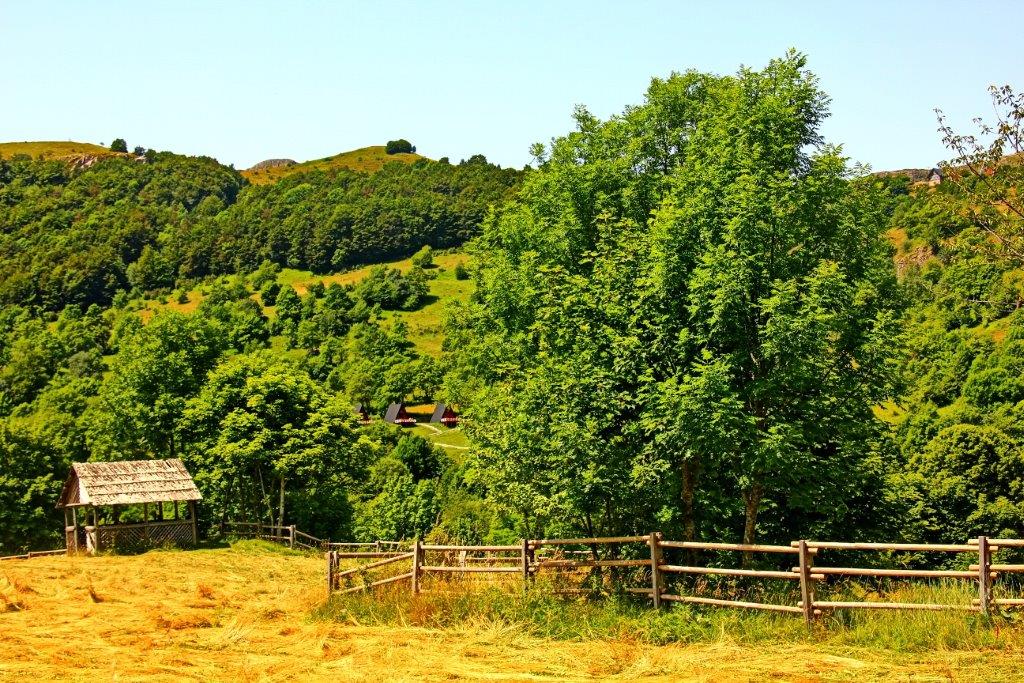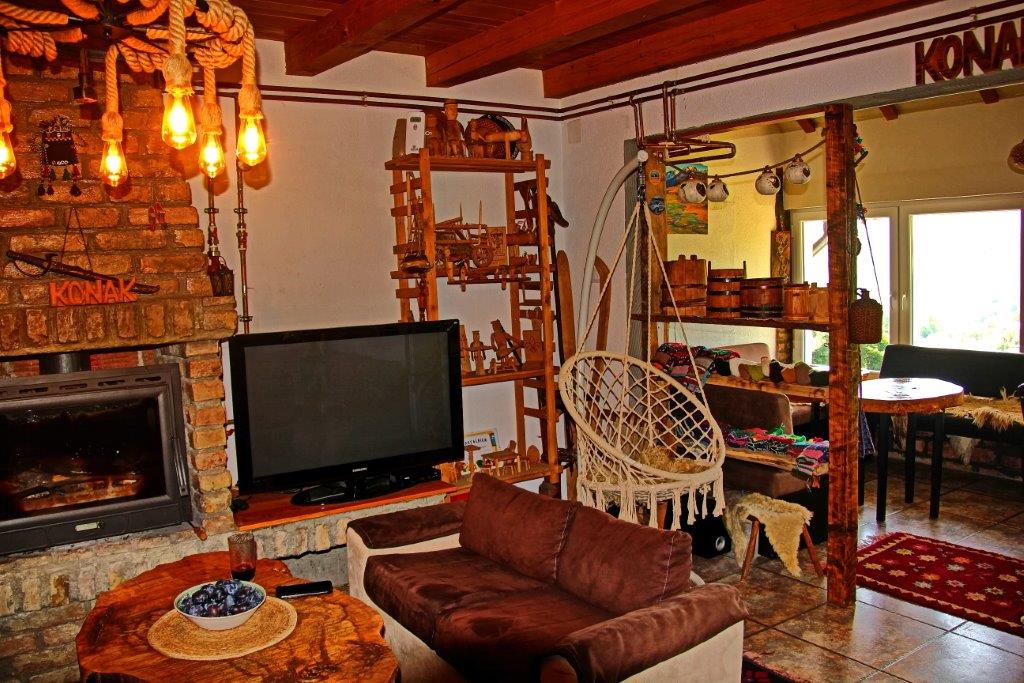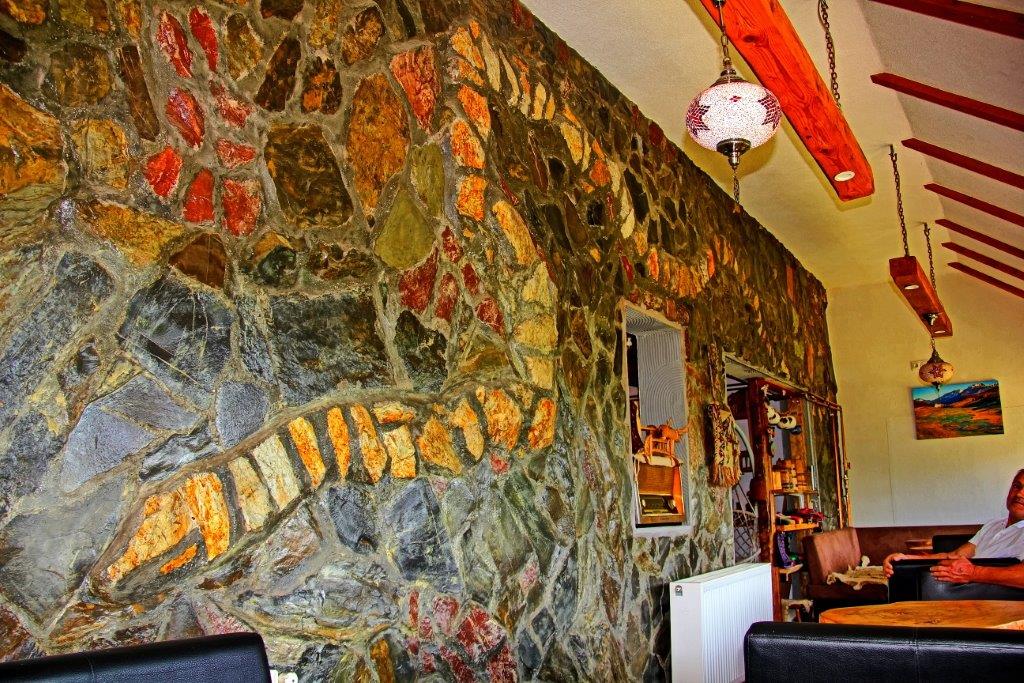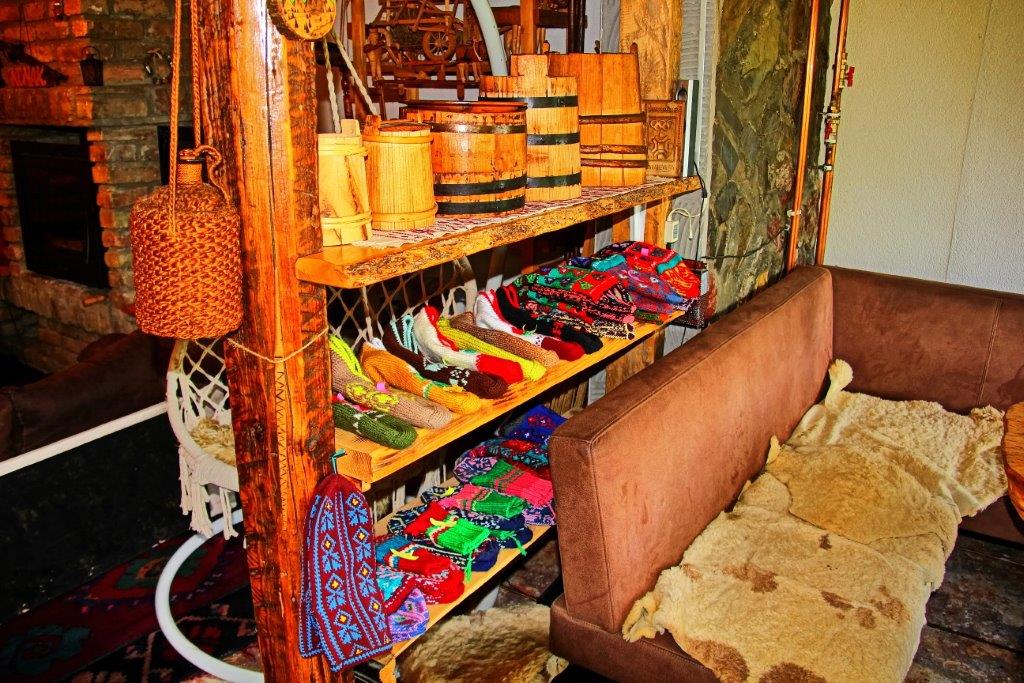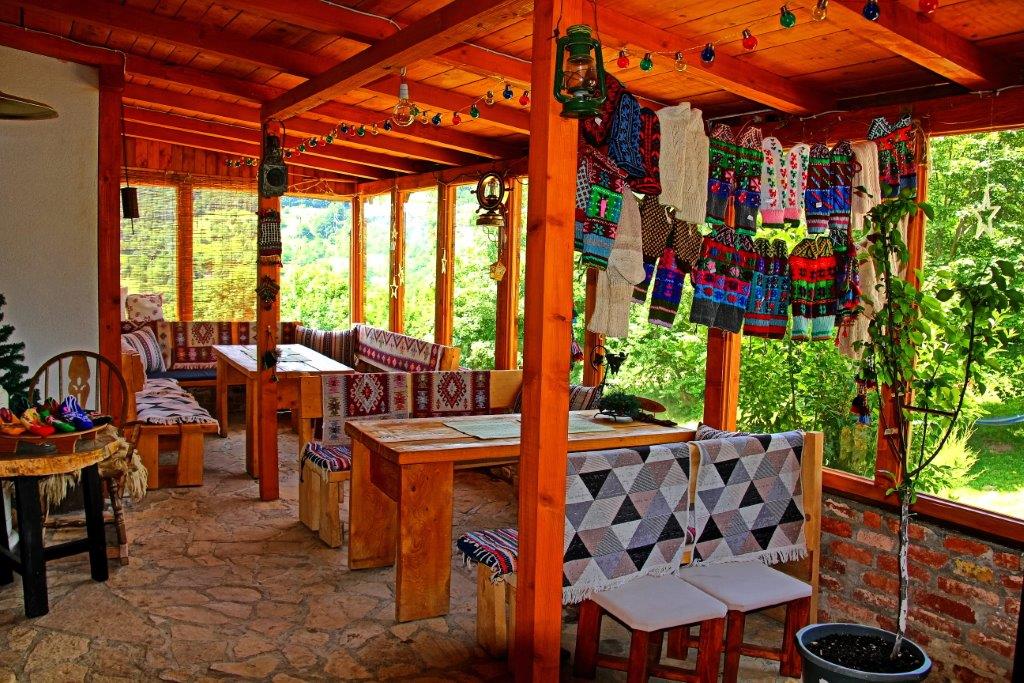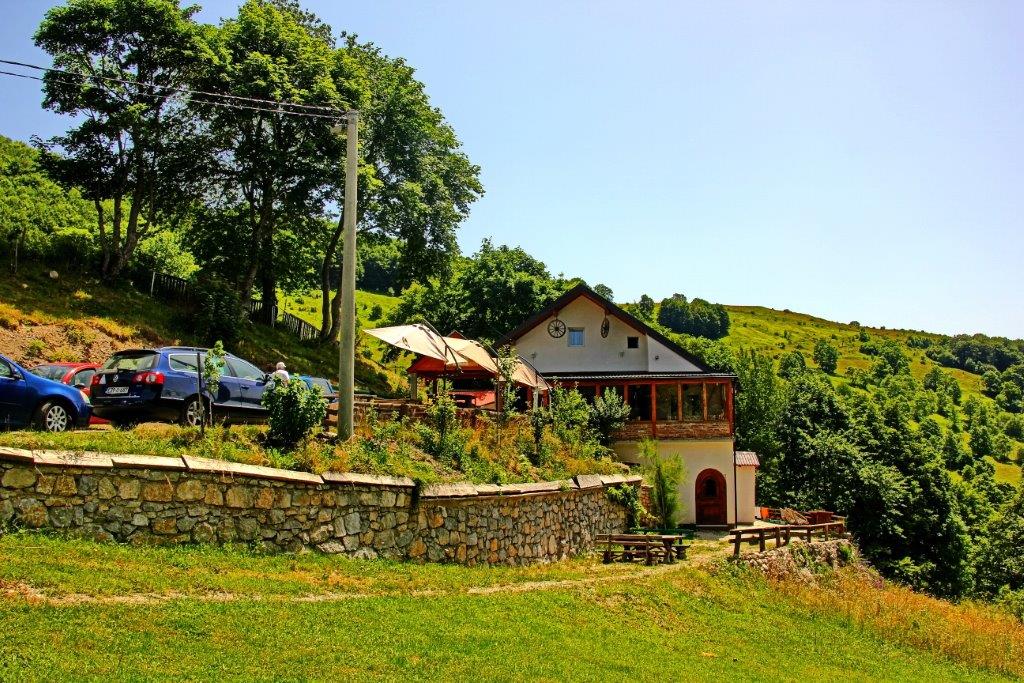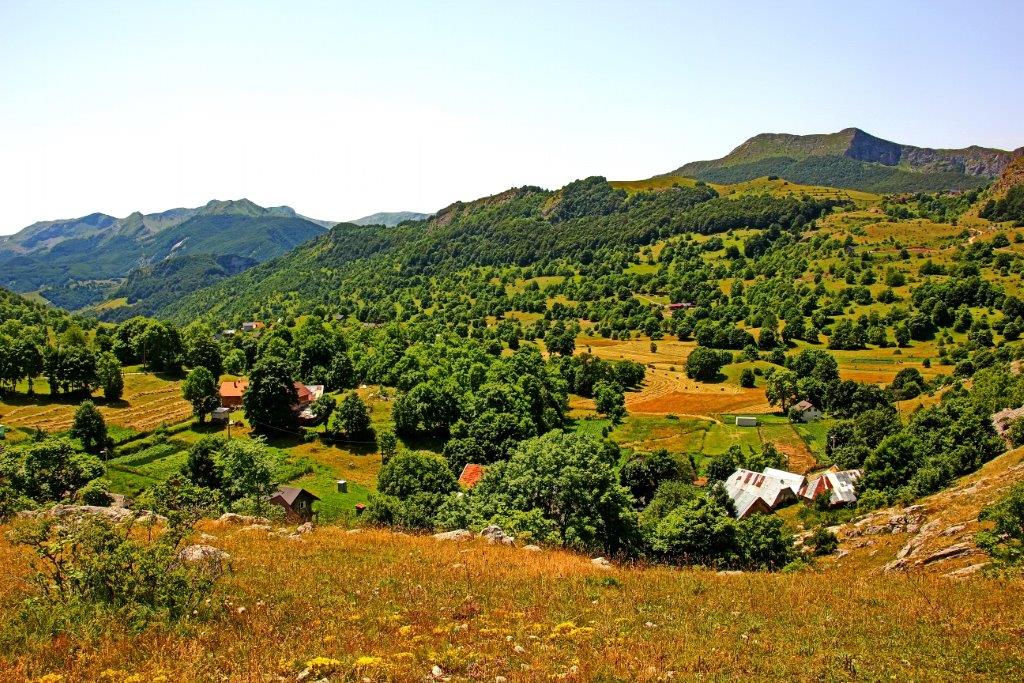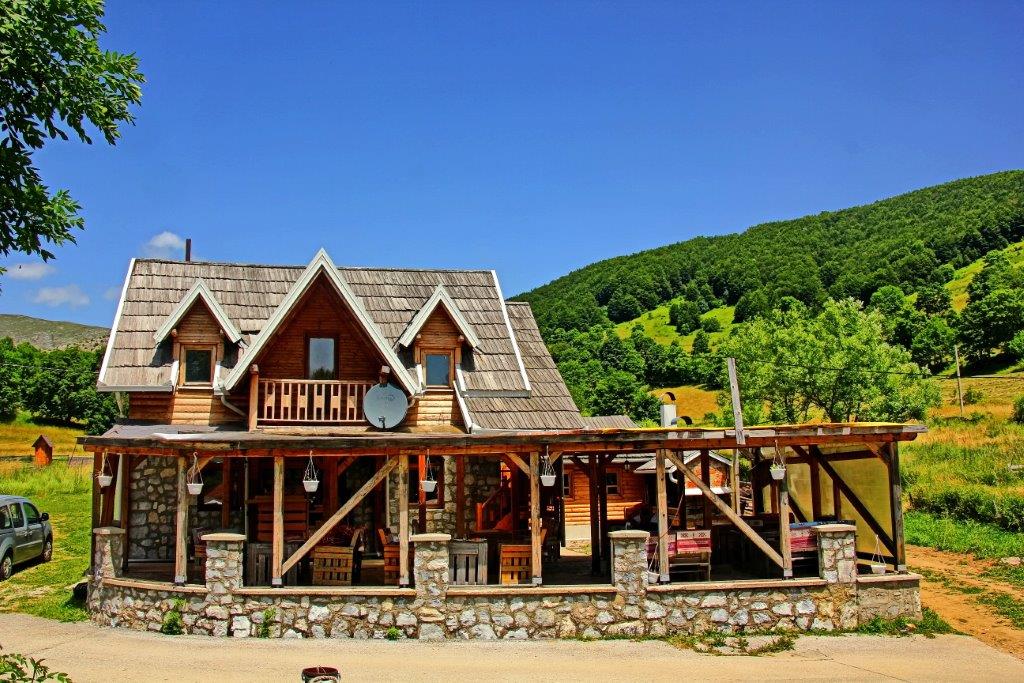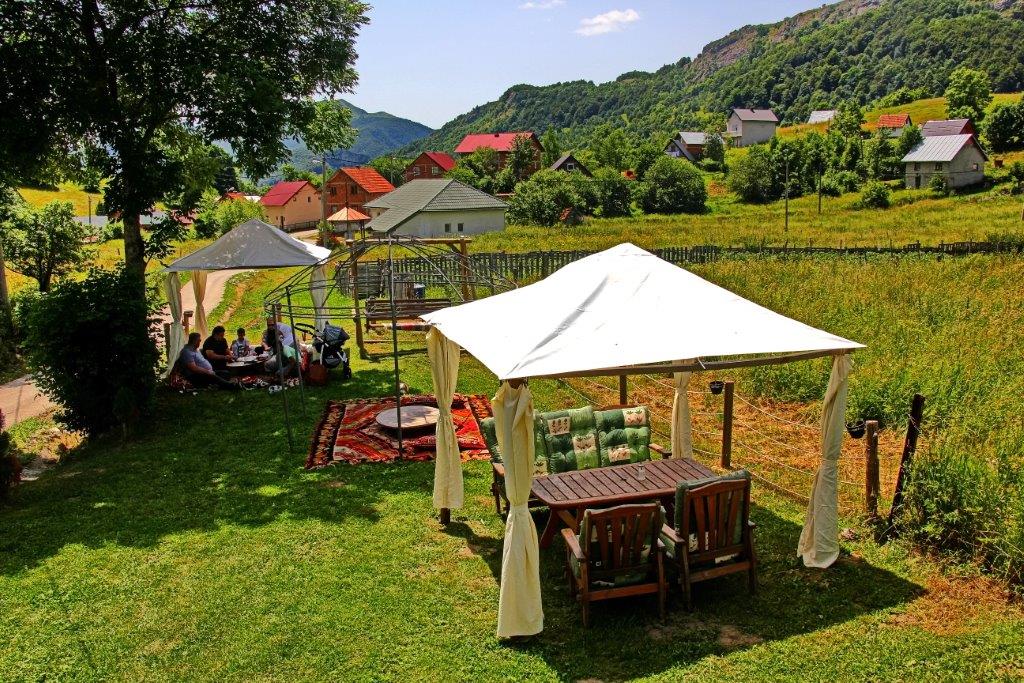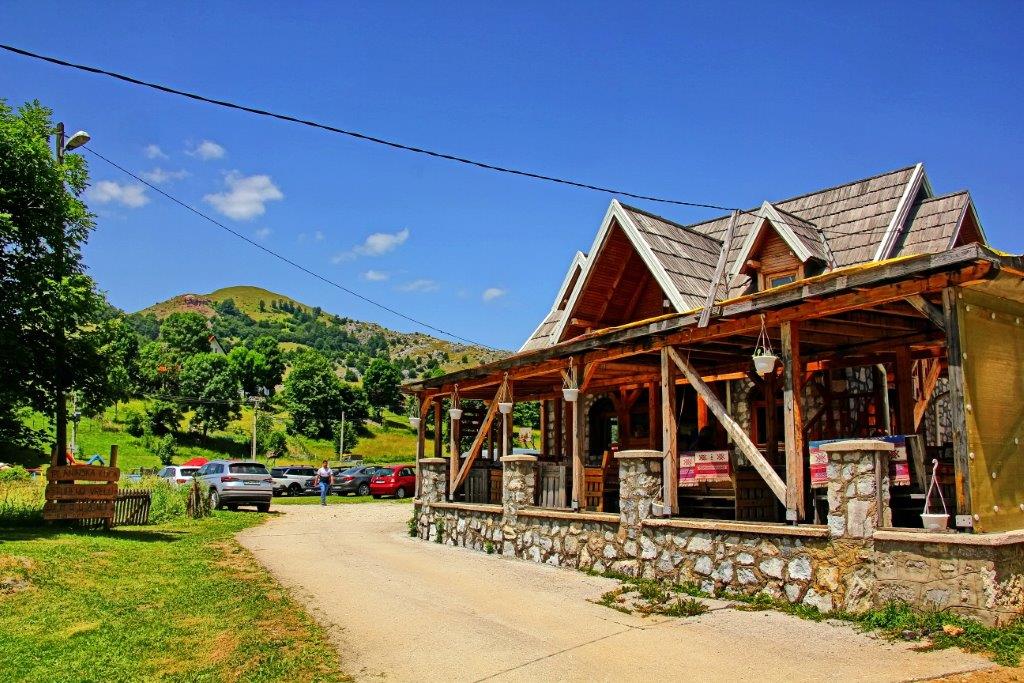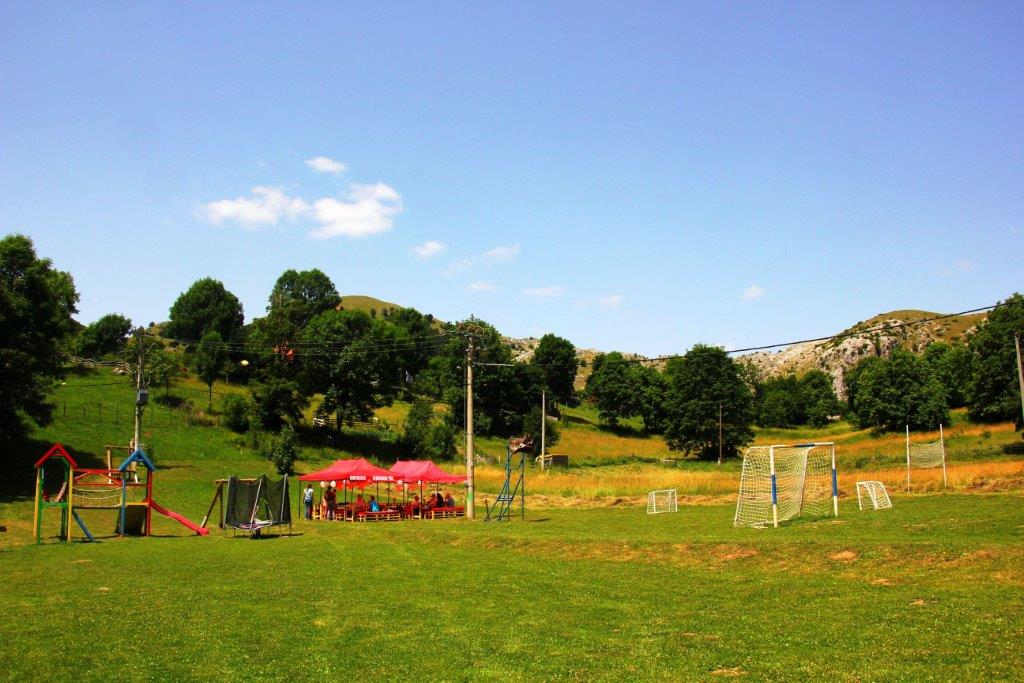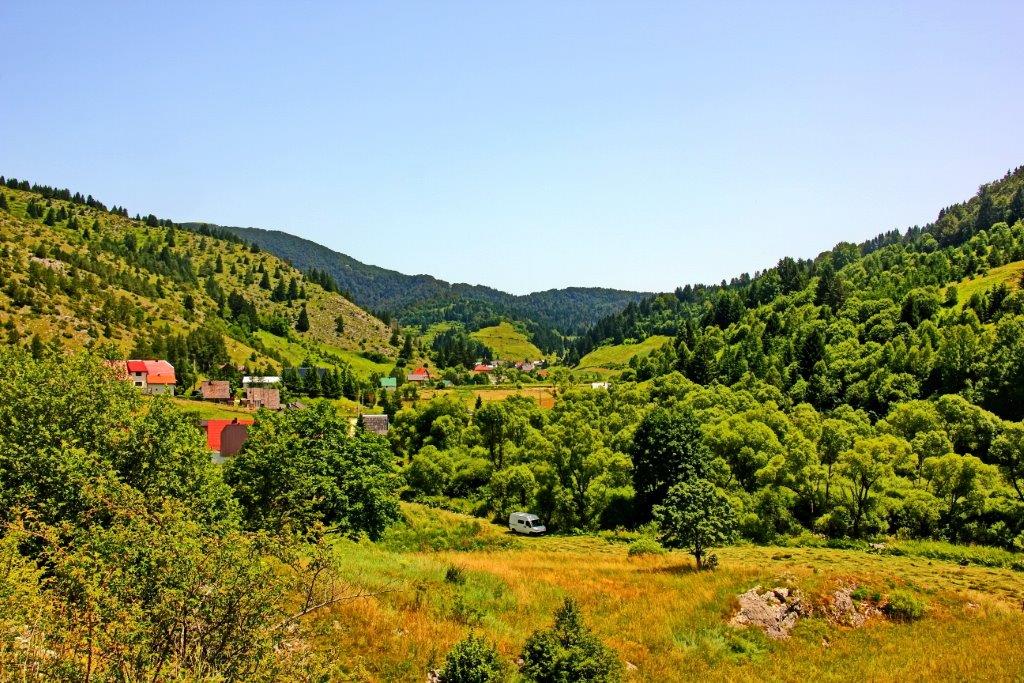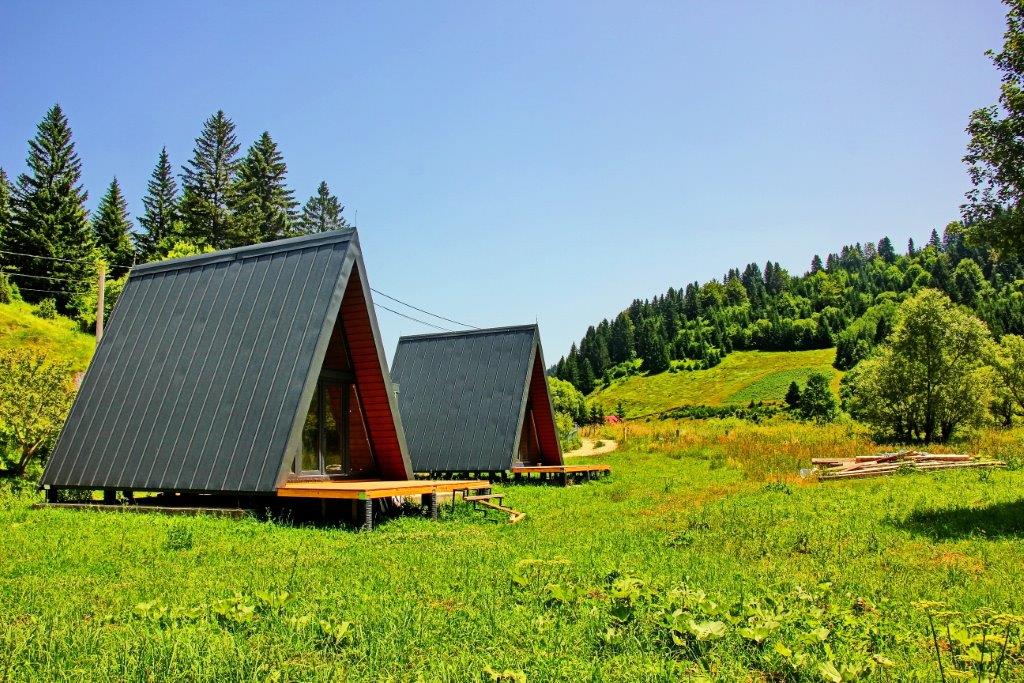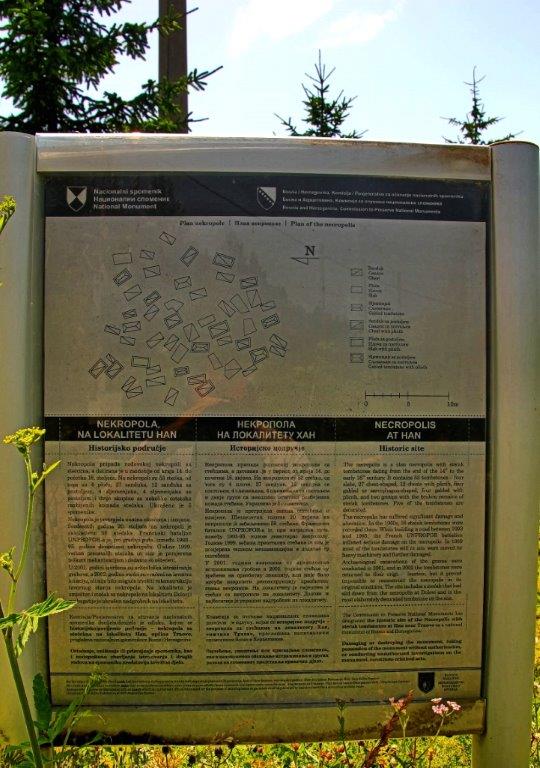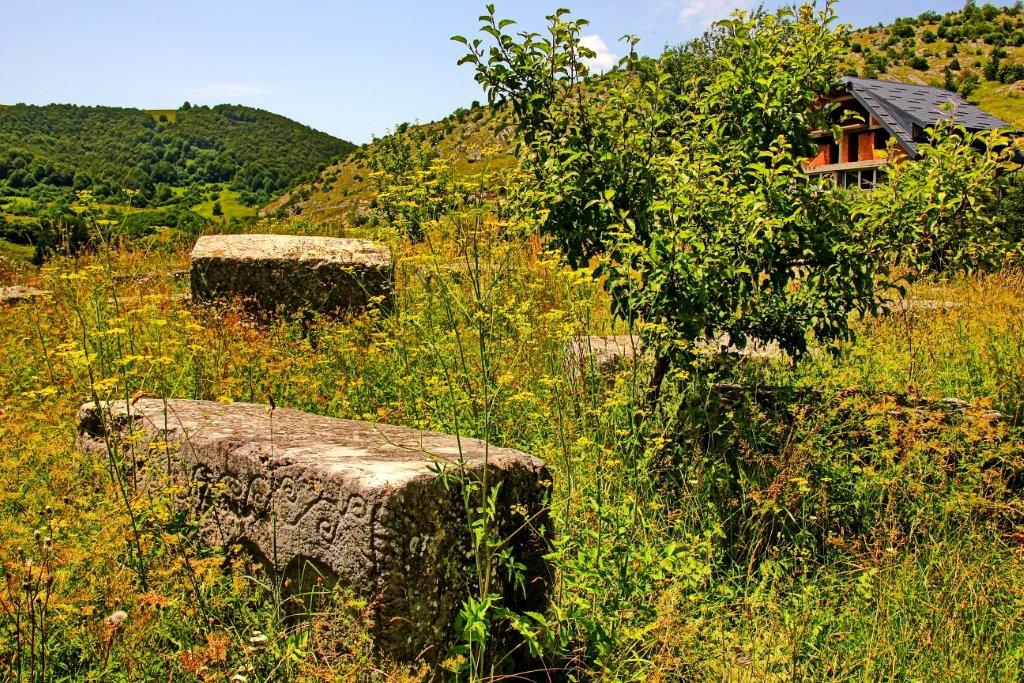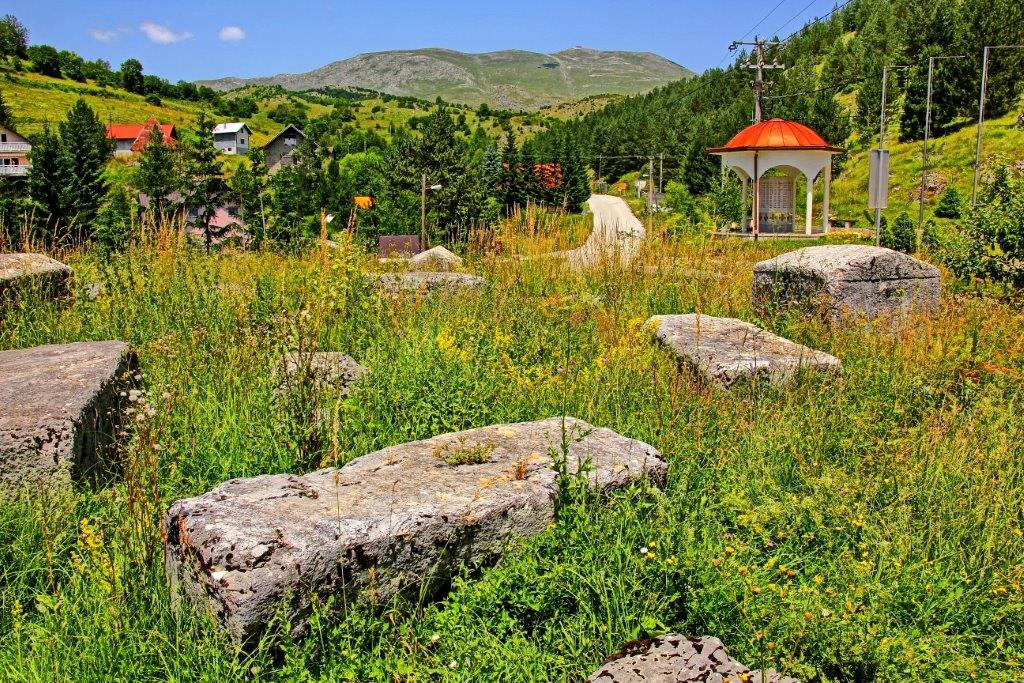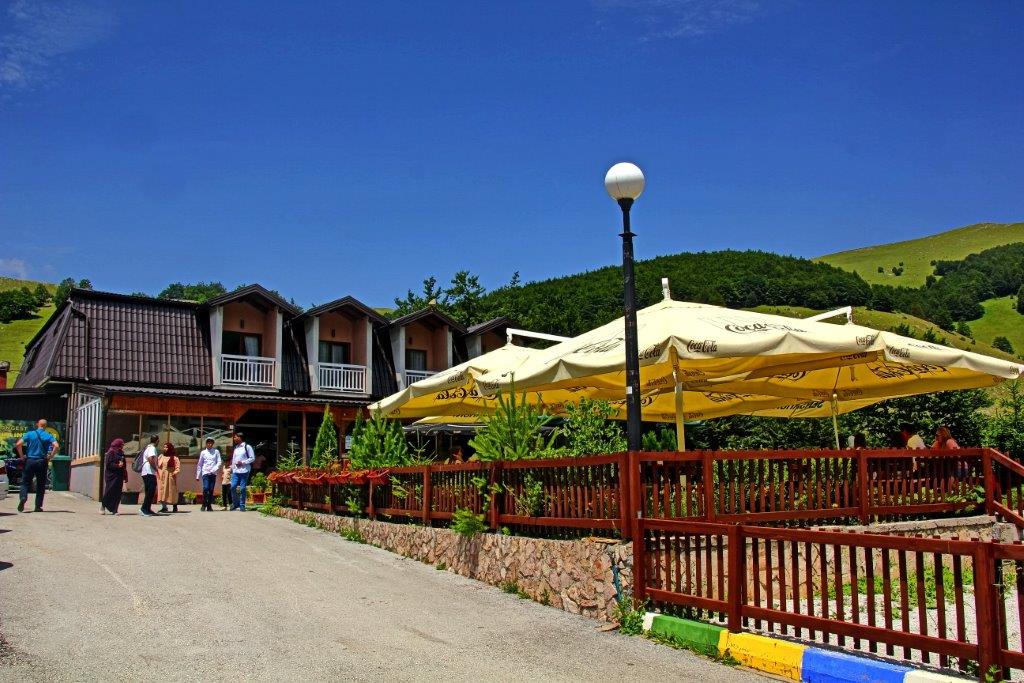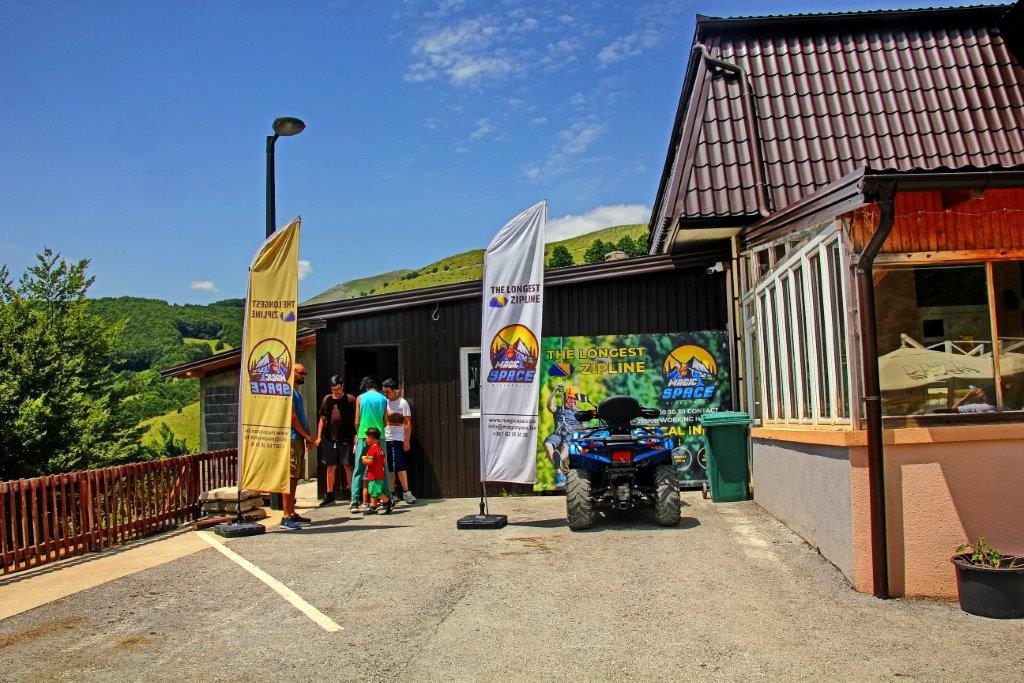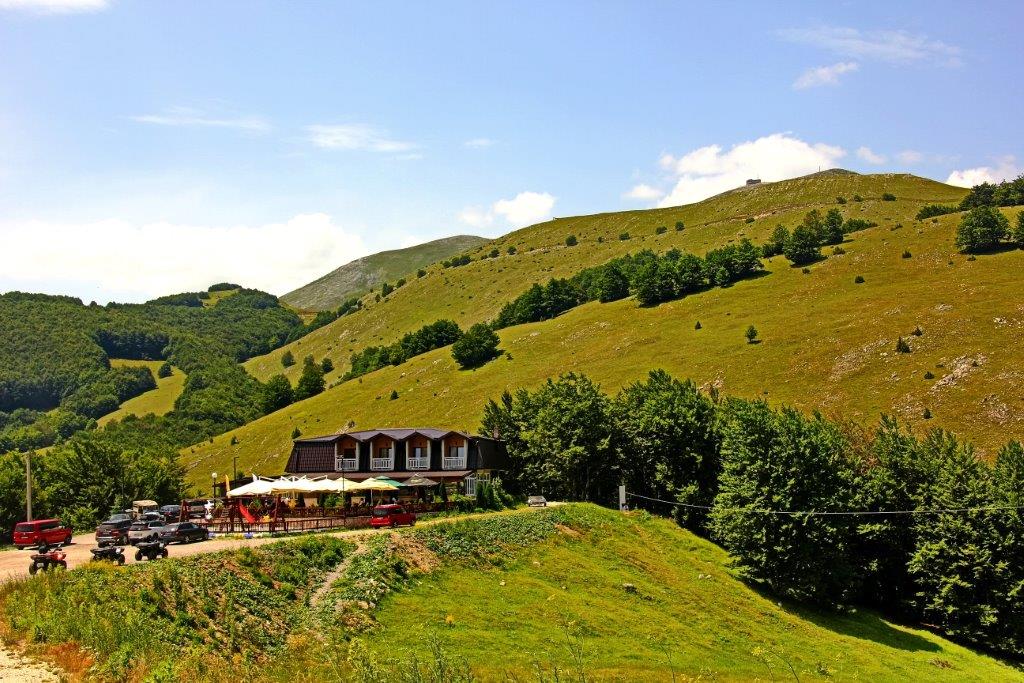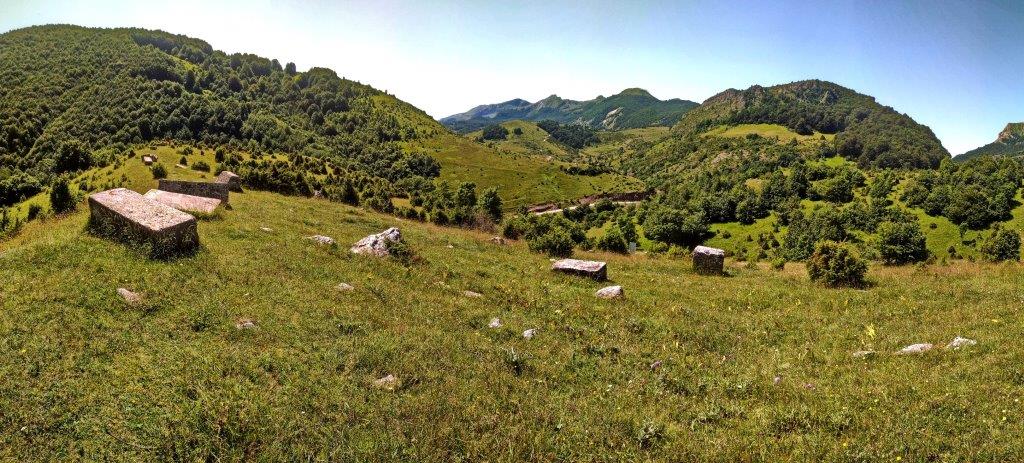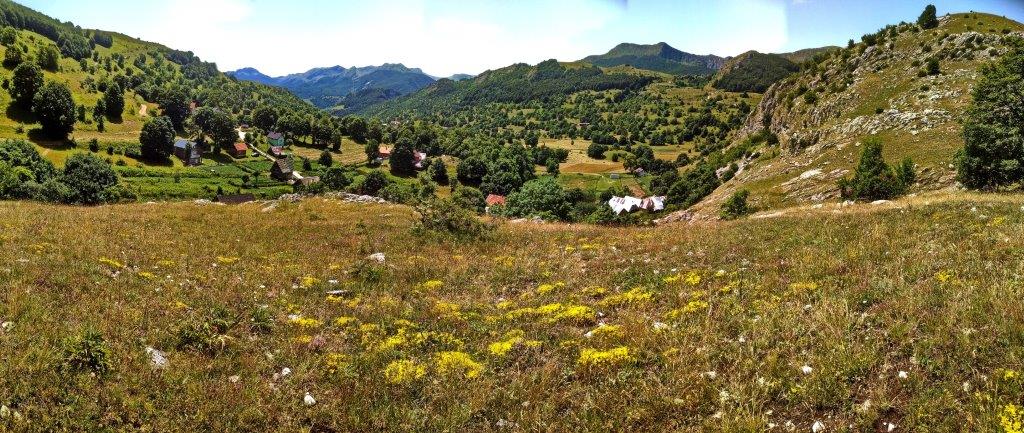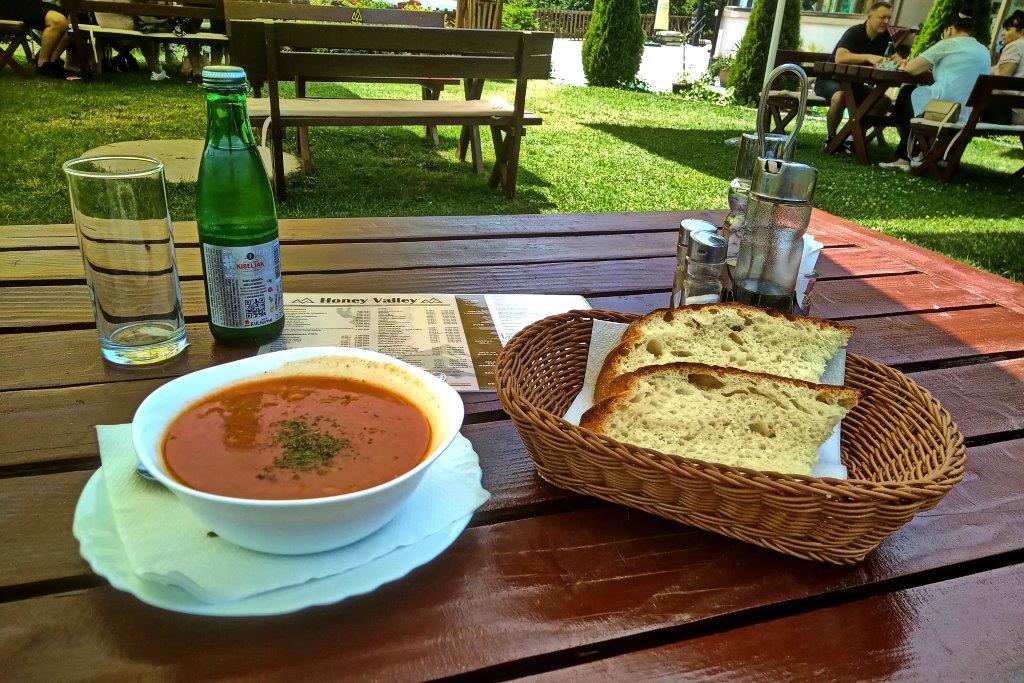In the hellish heat that reigned for the last few weeks, we didn’t really have much of a choice – sit indoors with the air conditioner or escape to a higher altitude where it was cooler and more tolerable. I opted for the second, visiting the jewels of Bjelašnica: Umoljani and Šabići, because it’s summer, it’s a shame to languish indoors. We’ll have plenty of that when the autumn and winter fogs, rains and snows start.
You can get there from Sarajevo by following the road through Hadžići or Krupac, which has been partially reconstructed and is in good condition, but in some places, it is still quite narrow and with damaged parts. However, the small road to Umoljani itself is in an even worse condition and quite damaged, narrow, with strong serpentines and in quite a few places not cleaned of gravel and sand, so it is recommended only for driving by car and light cross motorbikes, and not for heavier road or sports two-wheelers.
Stećak Necropolis
The area of the Bjelašnica plateau has been inhabited since prehistoric times. Most of the villages on Bjelašnica were created by the transformation of seasonal livestock settlements, which were called –’mahala’, into permanent settlements whose present-day inhabitants are originally from Herzegovina.
The name of the village Umoljani comes from the name Humljani. In the late Middle Ages, this area belonged to the area of the King’s Land. The upper flow of the Rakitnica River in Umoljani has been inhabited since the Middle Ages, and a proof of that is visible in the remains of the foundations of a medieval church on the locality of Crkvina, and later the mosque.
The National Monument of the Umoljani Necropolis includes 53 stećak, 11 old Muslim tombstones and the remains of the foundations of the church, located in six places near the village. In the Dolovi locality, somewhat beyond the serpentine climb in the direction of Umoljan, there is the largest stećak necropolis and the old Muslim tombstones next to it.
Most of the stećak are made of local stone, they have the form of a slab, a chest and gables. A significant number of stećak are decorated with realistic and symbolic features (lines made in the form of relief protrusions and dents, vines with trefoils, vines with spirals, a stylized cross, a Latin cross, a shield, a sword, a circle and a figural representation of a cart, i.e. a posthumous dance, then a representation of a stylized trees with two pairs of spiral bends that bend symmetrically, and rosette decoration).
A little further on, you reach the mosque in Umoljani, the exact time of its construction is unknown, but it is assumed that it was built at the end of the 15th century. This assumption is indicated by the large presence of Muslims in the population census of the village of Umoljani from 1488/89. Locals remember that the mosque was built of wooden logs with a wooden minaret.
Gastronomy
The mosque with stone walls was built at the end of the 19th century, and the present stone minaret in the 1930s. In this mosque, during the Second World War, the Sarajevo Haggadah was kept and preserved. During the last war, the only building in the Bjelašnica villages that was not set on fire was the mosque in Umoljani.
Various stories and legends are told about it. There are several catering and accommodation facilities in Umoljani, so a slightly longer stay is worth thinking about. The restaurant Čardak can be especially recommended, and Konak Umoljani, located slightly higher, on the way to the viewpoint over Umoljani.
In the Konak, you can also admire a very interesting ethnographic collection, which the owner obviously collected with great love and knowledge. It is situated in a building adapted to the traditional mountain construction of Bjelašnica.
The gastronomic offer is based on completely natural, domestic ingredients. The climb from here to the viewpoint is not difficult at all and takes about 15 minutes. In Šabići, the smaller stećak necropolis at the Han site is worth seeing as well. Unfortunately, the necropolis was badly damaged by members of the French battalion of UNPROFOR, who during the construction of the road in 1993-95 devastated the necropolis.
This beautiful mountain town has pleasant places from both the gastronomic and accommodation aspects – the Šabići restaurant and the Luka restaurant and guesthouse. I continued a little further, to Medena Dolina, which, in addition to an excellent restaurant, also has a zip line, and is located just before the serpentine in the direction of the Bjelašnica Olympic Center. Šabići also serve as a starting point for visiting the Rakitnica Canyon.
Author: Tarik Dreca


